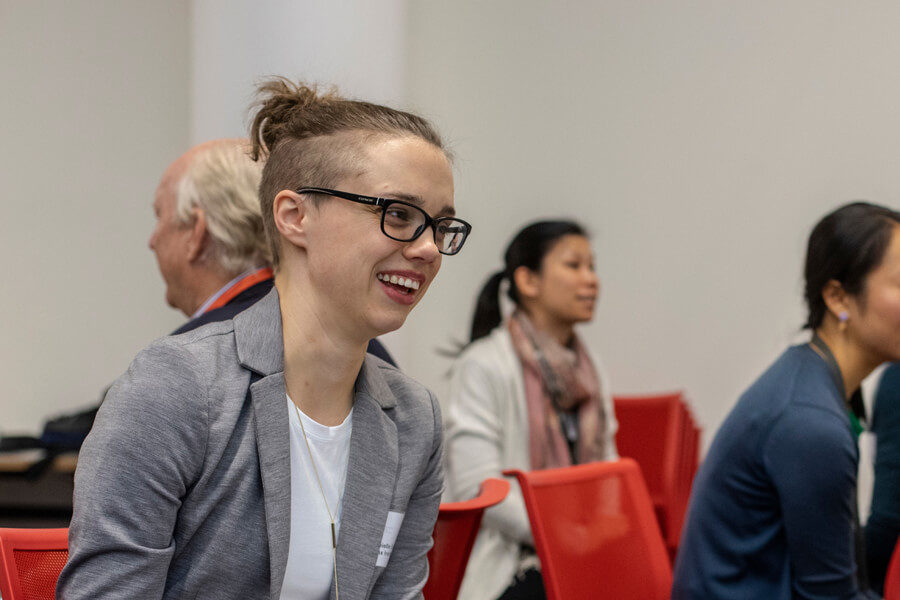Meet Dr Danielle Currie

DATE
TYPE Profiles
The experience of a very different landscape and ecology from that in Canada, inspired a burgeoning interest in conservation and environmental science, and established a love of travel and exploring new and different cultures.
“I’d lived all my life in Canada up until that point – and, strangely, I’m not good with cold weather – but the experience of living for that time in a country so different from my own, really piqued my interest in ecology and conservation. And a love of a warmer climate!” said Dr Currie.
After studying for a degree at the University of Ottawa in environmental studies, Danielle started a role with the Correctional Services of Canada.
“We don’t really think about it, but correctional institutions are micro-cities, with a need for all the same infrastructures and need to be built and managed with strict adherence to guidelines of health environmental protection. They are historically often placed on contaminated sites, so my skills in environmental management were put to good effect.
“This is where seeing the impact of policy on environmental protection and health started and has never gone away. I also saw first-hand that there was a pressing need for the current body of research evidence to be tailored and presented in a way that policy makers can actually use as part of decision-making processes.”
A move to Queensland with her partner took Danielle to the School of Public Health at the University of Queensland.
It wasn’t necessarily a logical trajectory to the Prevention Centre. Her PhD work was commissioned by Queensland Health which meant greater buy-in from policy makers and stakeholders from the outset.
“I was researching the transmission of a faecal parasite in public swimming pools. Or the ‘poo girl’ as I became known! Working directly with Queensland Health showed me that I like being part of the decision-making as well as the research, and the solution.”
Dr Currie is currently part of the Compelling Case for Prevention, which is a dynamic simulation modelling project looking at investment decision making across common risk factors for lifestyle related chronic disease. She came to work at the Prevention Centre after a chance meeting.
“I met Associate Professor Jo-An Atkinson and some of the team at a conference in early 2018. Not long after, I was offered a unique six-week placement, and started here around 18 months ago, in mid-2018.
“I really like the ‘active’ work we do here; we are working directly with stakeholders – policy makers – so that we are asking specific questions and looking for specific answers that can fairly immediately translate through to implementation. Research can take years, if ever, to translate to change or impact,” said Dr Currie.
As well as the postdoctoral research she does on the Compelling Case for Prevention Project, Danielle undertakes modelling projects for the Sax Institute.
“My work is not necessarily limited to a specific health issue but is using systems thinking and dynamic modelling to work on solutions to problems from stakeholders. It’s satisfying to work quickly, to see policy in action but also having the slower, deeper exploration of a specific topic that I get through my post-doctoral work is also really satisfying,” she said.
When not working intensely on projects, Danielle loves to travel with her partner, which does include returning to Canada fairly frequently to see family and friends. She’s relished living in Darwin for the past five months while her partner completed a medical internship at The Royal Darwin Hospital.
“I love Darwin, it’s like nowhere else I’ve been to. We’ve been able to see a lot of the Northern Territory including Kakadu National Park and we’ve experienced the diverse cultures and nature of the region.
“I am however, looking forward to being back in my old stomping ground in Brisbane, living close to the river and dog-friendly parks, and deciding which one of the many, many homeless dogs will be our next rescue forever dog. And doing more work, of course!”



